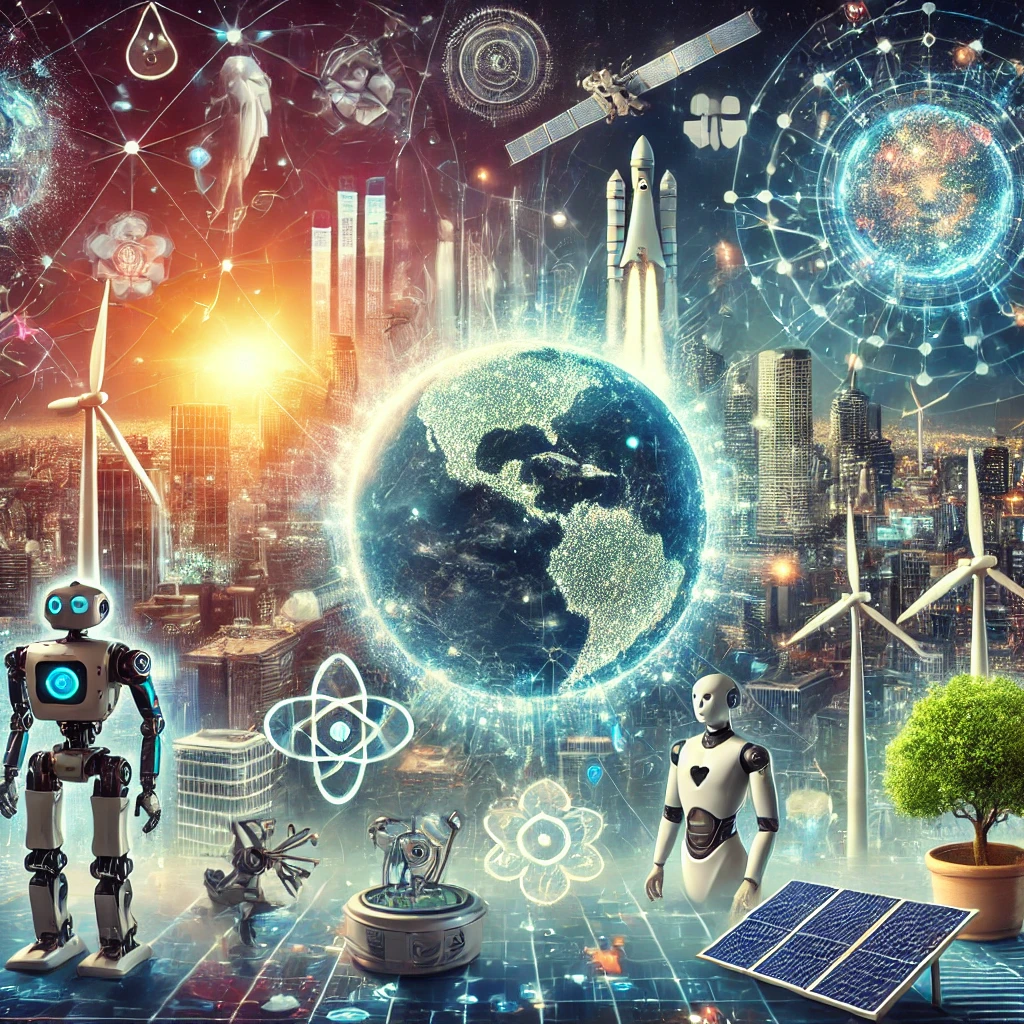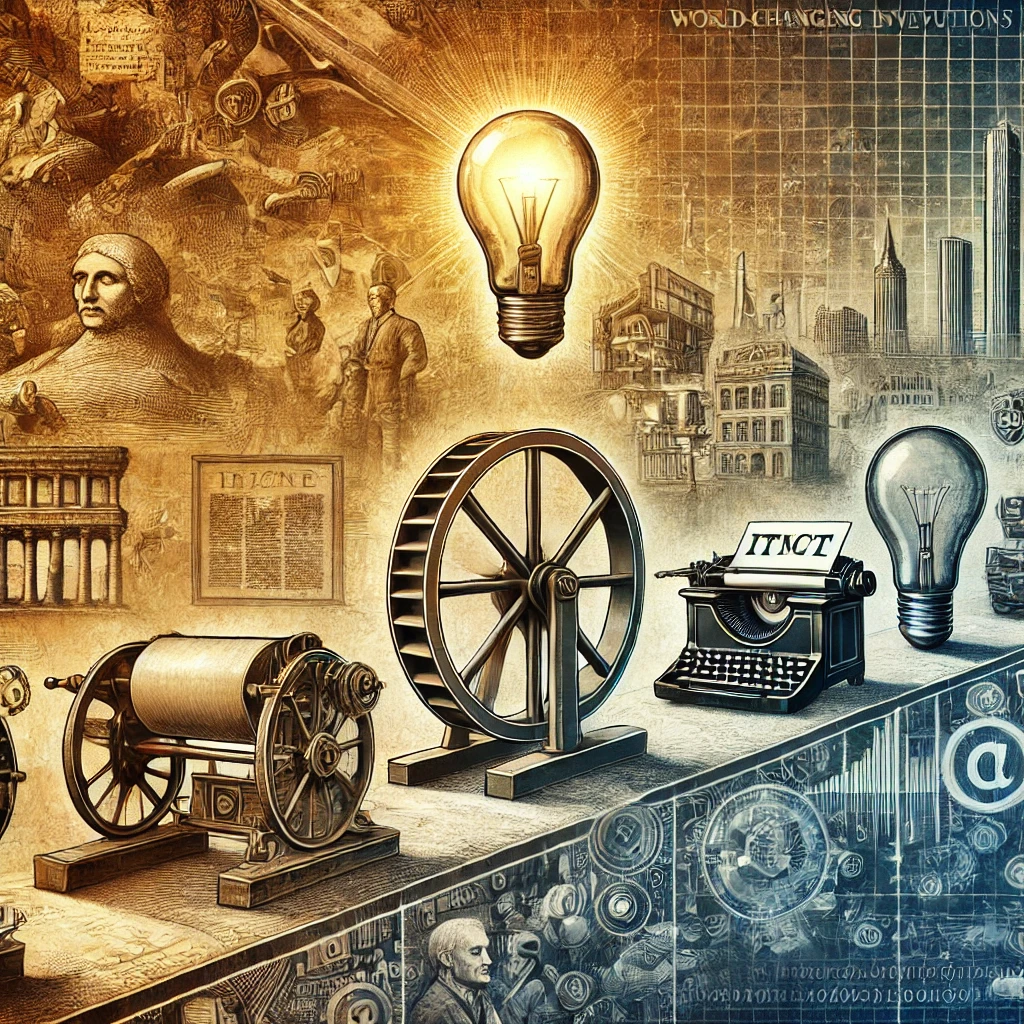
Automobiles have deeply transformed transportation because their inception, transforming the way we travel, commute, and conduct trade. From the early days of horseless carriages to the sophisticated vehicles of contemporary, the evolution of automobiles has existed marked by innovation, cleverness, and technological advancement. In this place article, we’ll survey the fascinating journey of automobiles and their transformative affect transportation.
The story of automobiles starts in the late 19th century with the creation of the internal explosion engine. Pioneered by inventors in the way that Karl Benz, Gottlieb Daimler, and Henry Ford, the internal explosion engine concreted the way for the development of the first fuel-powered automobiles. These early vehicles were raw by today’s flags, but they represented a major progress in transportation technology, contribution an alternative to horse-fatigued carriages and steam-powered locomotives.
In the early 20th centennial, mass production techniques invented by Henry Ford transformed the automotive industry, making cars more inexpensive and accessible to the general public. The addition of the assembly line allowed automakers to produce tools on a large scale, forceful down costs and increasing result efficiency. This led to a surge in car ownership and habit, as more and more people had the freedom and mobility that machines offered.
The extensive adoption of automobiles had a profound affect transportation infrastructure and city development. Metropolises expanded outward to accommodate the increasing number of cars on the road, chief to the construction of highways, bridges, and tunnels. Suburbanization enhanced more prevalent as people wanted to escape the congestion and pollution of city areas and commute to work by automobile. The automobile again transformed the way merchandise were transported, leading to the happening of trucking and transportation transportation networks that relied heavily on highways and interstate.
In addition to changing the material landscape, automobiles further transformed the way crowd lived and worked. The ability to travel long distances fast and independently unlocked up new opportunities for leisure, travel, and recreation. It also helped the growth of commerces such as tourism, neighborliness, and retail, as people well-traveled to new destinations and gone money on goods and duties along the way. The automobile enhanced a symbol of freedom, maneuverability, and progress, embodying the soul of innovation and adventure that typified the 20th century.
As we look to the future, the car continues to progress and adapt to changing needs and sciences. The rise of electric vehicles, independent driving electronics, and shared mobility duties promises to usher in a new era of conveyance innovation, contribution the potential for safer, more efficient, and livable mobility solutions. Nevertheless, the legacy of the car as a transformative force in conveyance will endure, shaping the habit we live, work, and move for generations at hand.
In conclusion, automobiles have acted a central role in forming the modern world, altering transportation and people in profound and lasting habits. From the invention of the internal explosion engine to the rise of energetic and autonomous vehicles, the development of automobiles reflects the ingenuity and hope of human civilization. As we stretch to embrace new technologies and plans, the automobile will remain a character of progress and innovation, forceful us forward into the future.


